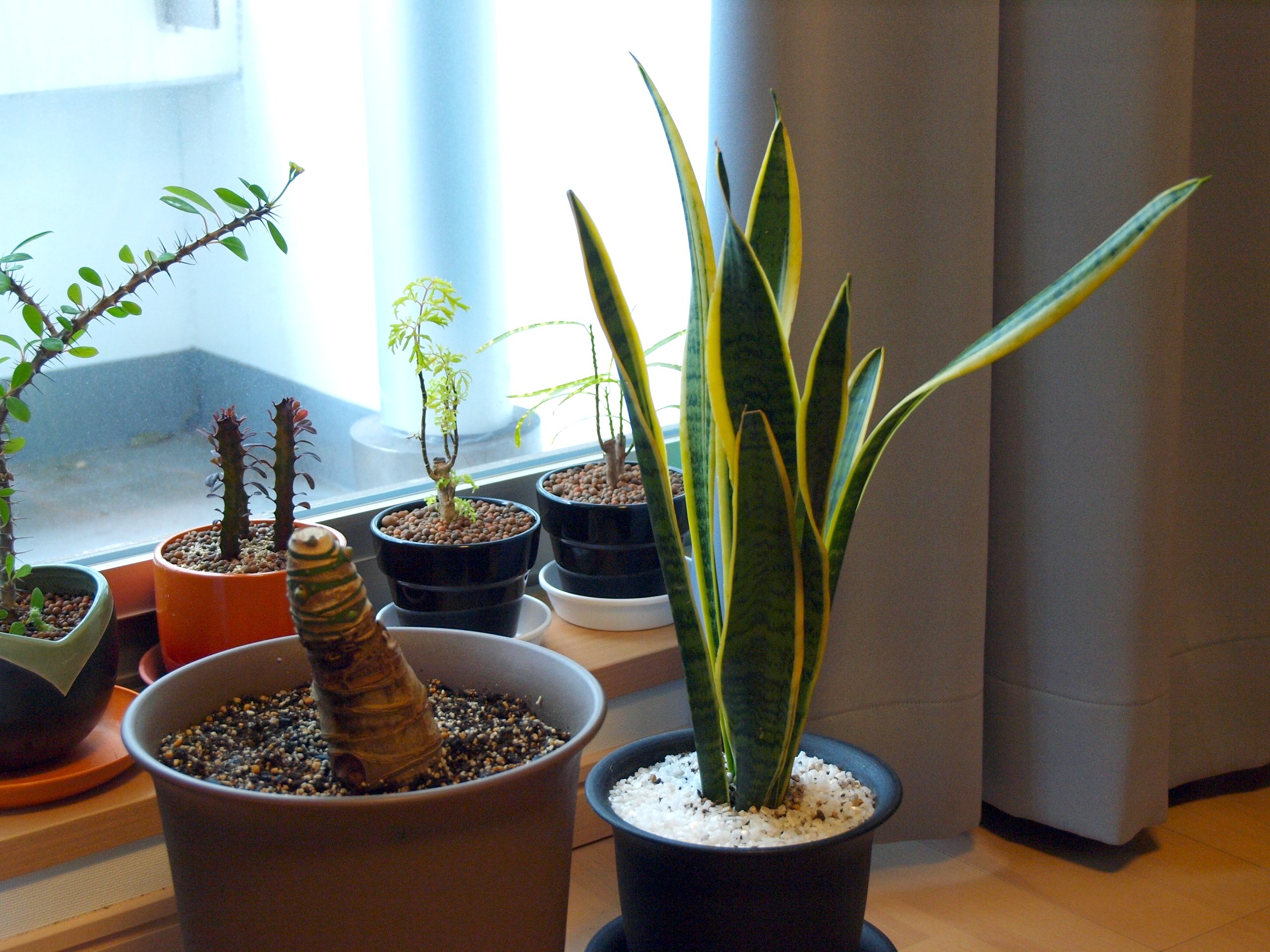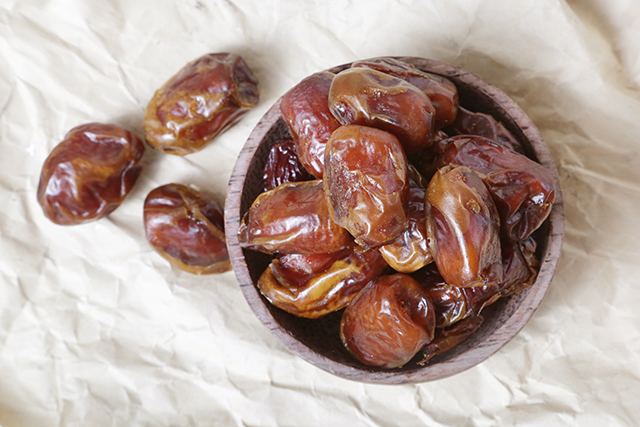Lyme disease is about to explode across North America….with no cures in sight
04/17/2017 / By Vicki Batts

Biologists say that 2017 is going to be a big year for Lyme disease, and that the condition could ravage the United States and other parts of North America. The culprit? An explosion in mice populations across the country, but particularly in the Northeast.
But what do mice have to do with Lyme disease? Ticks and deer are what spread the disease, right?
While deer are commonly thought of as the sole bearers of Lyme disease, which then infects ticks feasting on their blood, it appears that a much smaller mammal is capable of doing a lot more damage. Mice are also carriers of the disease, and they are excellent incubators: mice will infect 95 percent of the ticks that feed on them.
Two biologists recently told NPR that they have discovered that mice are actually a primary indicator for future outbreaks of Lyme disease; when mice populations grow larger, the size of the following year’s Lyme disease pool also grows larger.
At one point in time, Lyme disease was generally seen only in New England, and a small portion of Wisconsin. In fact, the disease is named after Lyme, Connecticut. It is primarily caused by the bacteria Borrelia burgdorefi and is transmitted to humans via a bite from a black-legged tick. The typical symptoms of Lyme disease include fever, headache, fatigue, and a trademark skin rash known as “erythema migrans.”
Untreated Lyme disease can spread to the heart, joints, and nervous system. This can lead to drastic consequences such as facial palsy, arthritis with severe pain and swelling, inflammation of the brain and spinal cord, nerve pain and problems with short-term memory.
In the last thirty years, the number of yearly Lyme disease cases has tripled, and the disease has spread across the continental U.S. like wildfire. At least 30,000 people are infected by the bacteria every year, but some health officials think that the true number of affected individuals could be ten times that.
Currently, mainstream medicine’s only treatment for Lyme disease is antibiotics. Antibiotics need to be administered early in order to effectively clear the bacteria from the body, but some people still go on to develop chronic Lyme disease. Some organizations regard Lyme disease as easy to treat, while others maintain that it is actually quite difficult, due to the fact that many patients continue to have lingering symptoms long after the antibiotics are finished. Though antibiotics are the primary route of treatment, it seems that no single antibiotic is capable of eliminating the bacteria that causes Lyme disease in entirety, and no currently available treatment is immune to failure or relapse.
However, some alternative treatments for Lyme disease have also shown great success, even for those with late-stage Lyme disease.
For example, cannabis could be an effective treatment for the condition. In fact, Dr. Joycelyn Elders, former U.S. Surgeon General, has even shown support for cannabis as a medical treatment. “[T]he evidence is overwhelming that marijuana can relieve certain types of pain, nausea, vomiting and other symptoms caused by such illnesses as multiple sclerosis, cancer and AIDS – or by the harsh drugs sometimes used to treat them. And it can do so with remarkable safety. Indeed, marijuana is less toxic than many of the drugs that physicians prescribe every day,” Elders said.
What’s even more impressive is that cannabis can be used to both reduce the painful symptoms of Lyme disease, as well as to combat the condition entirely. There are a number of anecdotal stories of people using cannabis or cannabis oil to treat their Lyme disease and relieve their symptoms.
There are many other alternative treatments used for Lyme disease, such as antiviral and antibacterial nutraceuticals, hyperbaric oxygen therapy, along with a number of traditional Chinese medicine techniques.
Sources include:
Tagged Under: alternative medicine, Lyme disease, North America




















